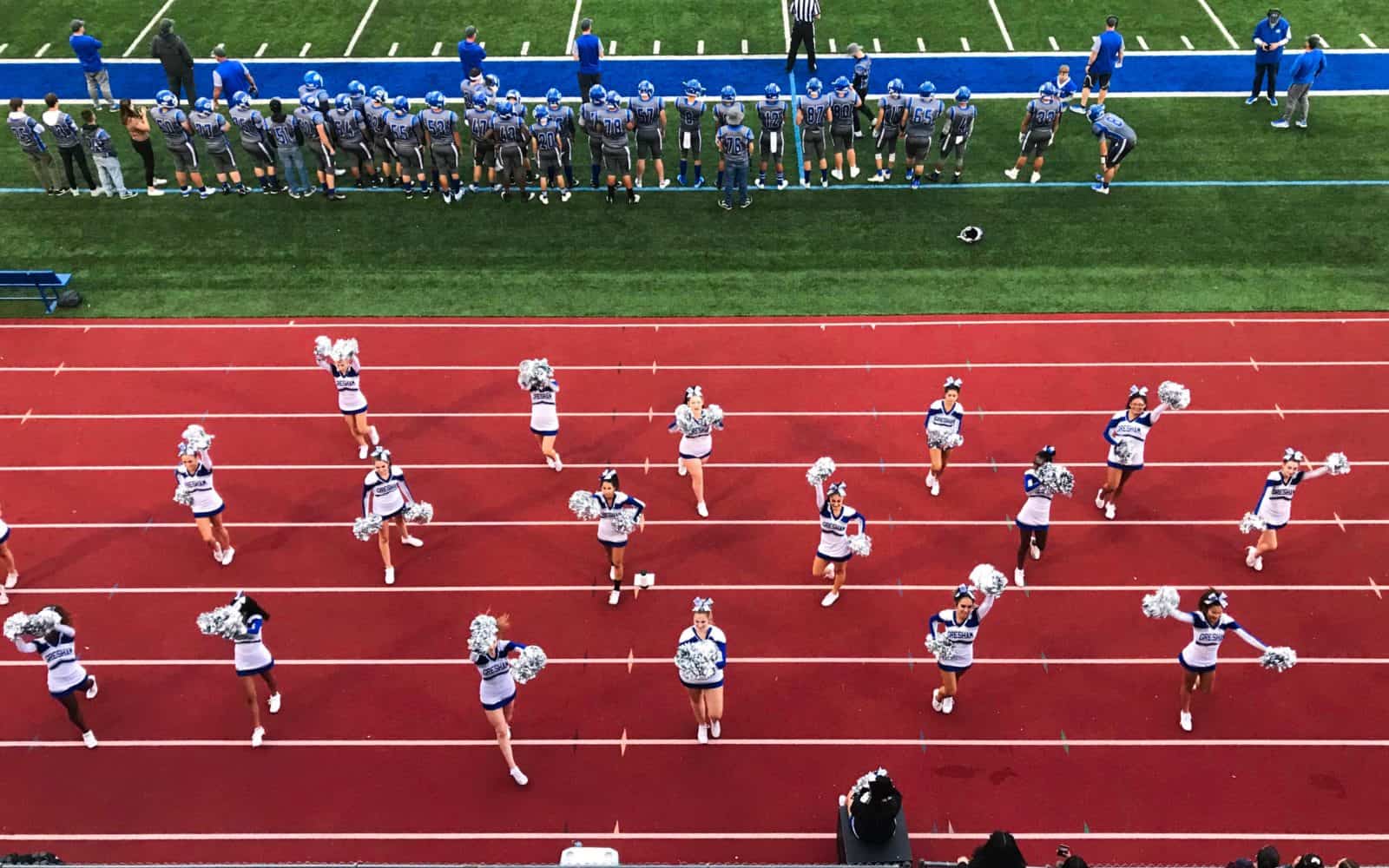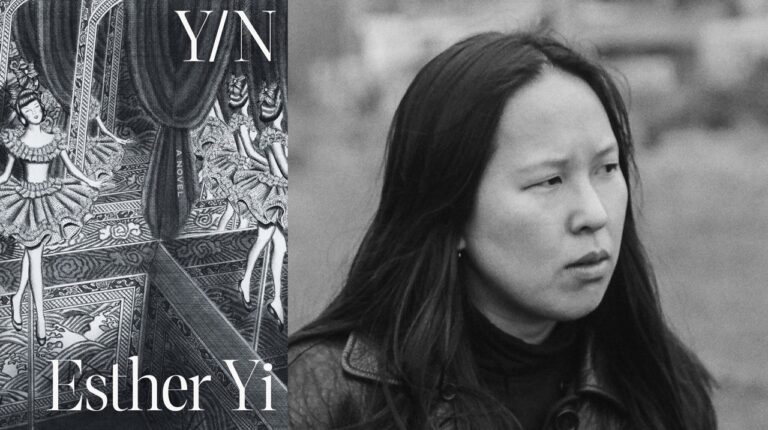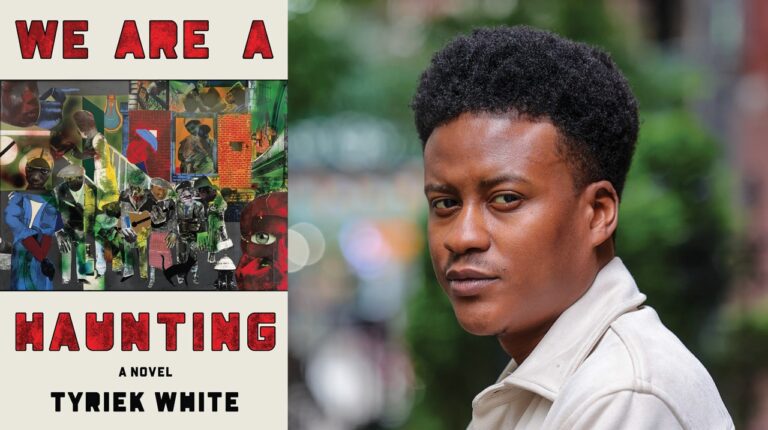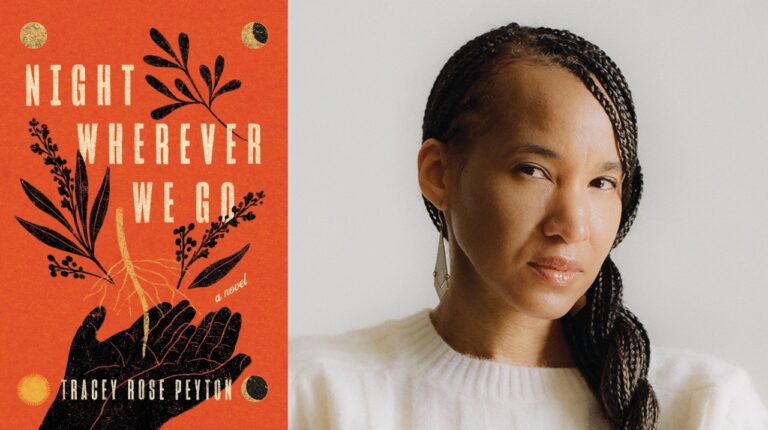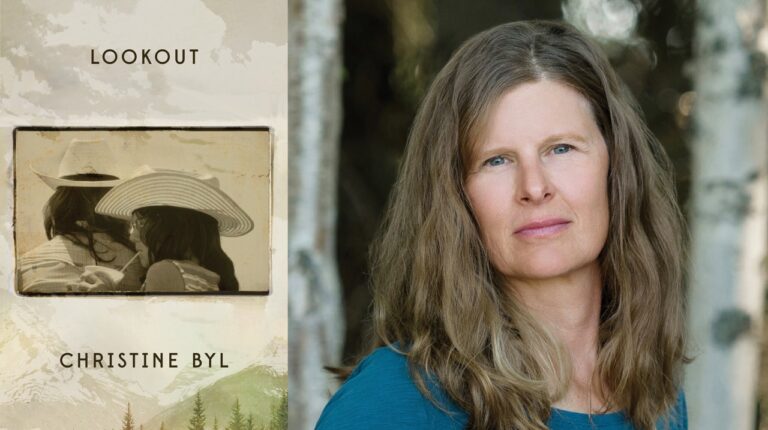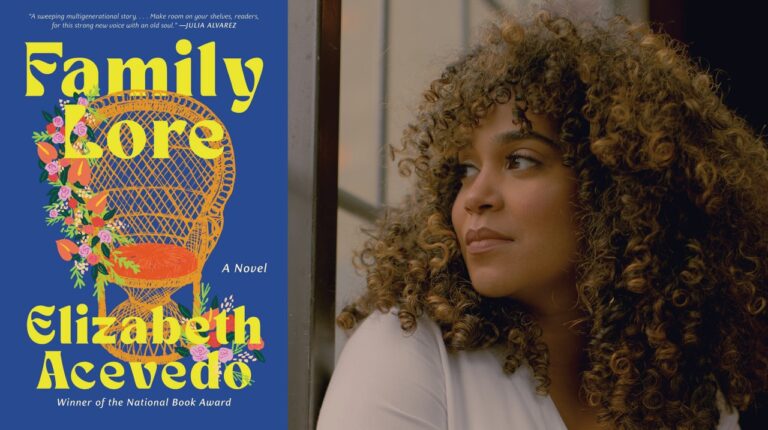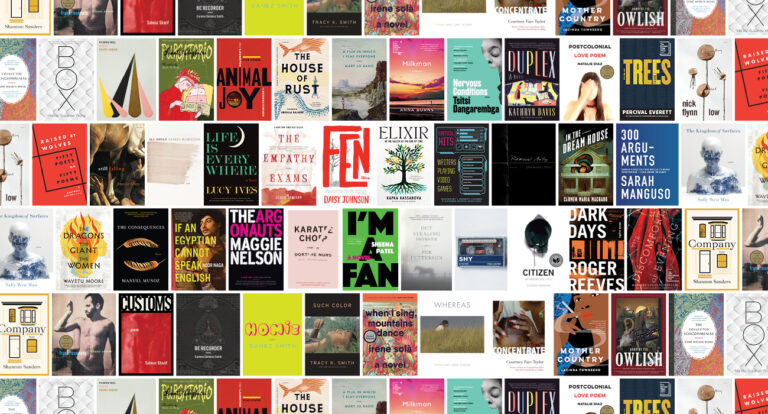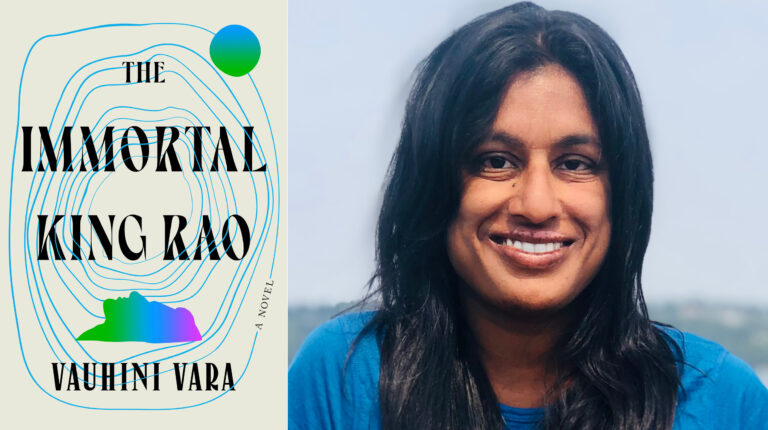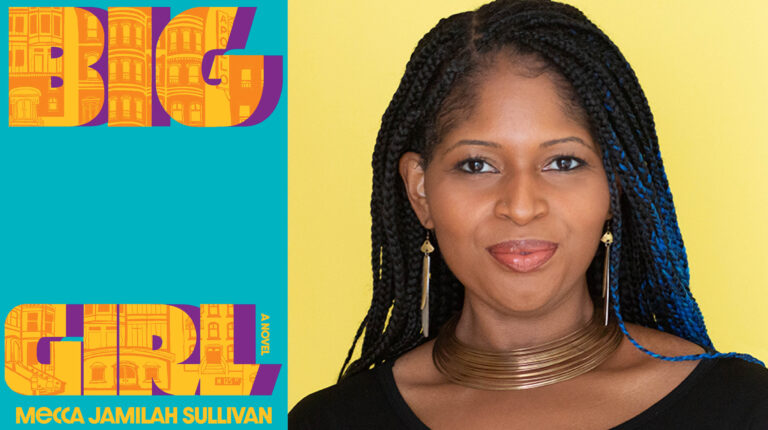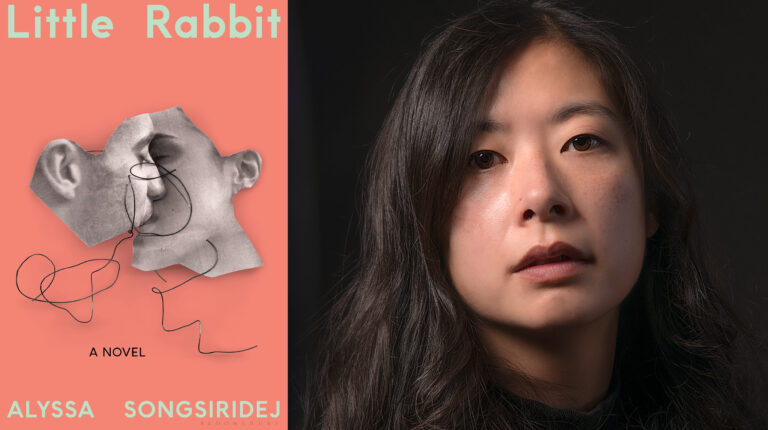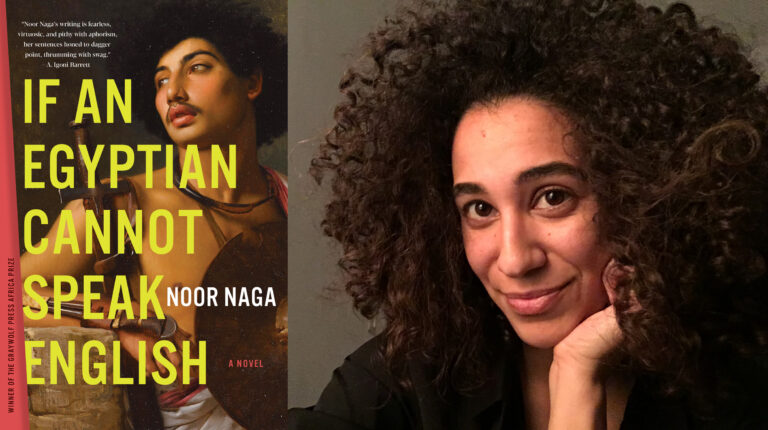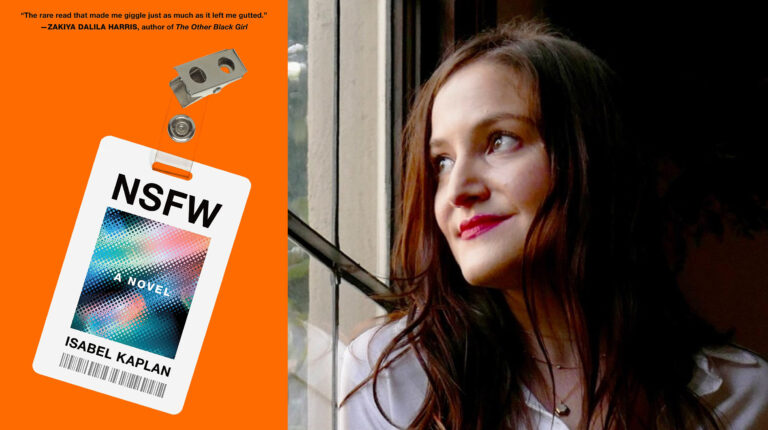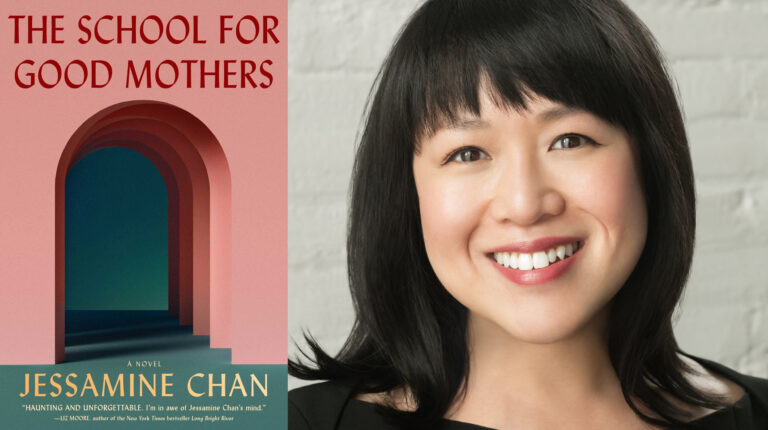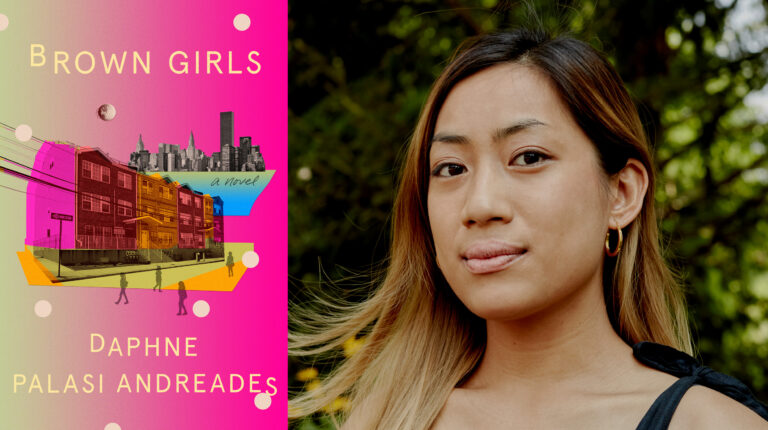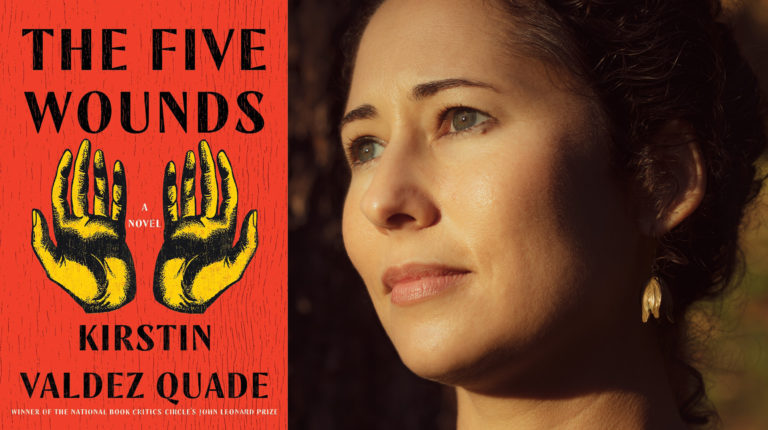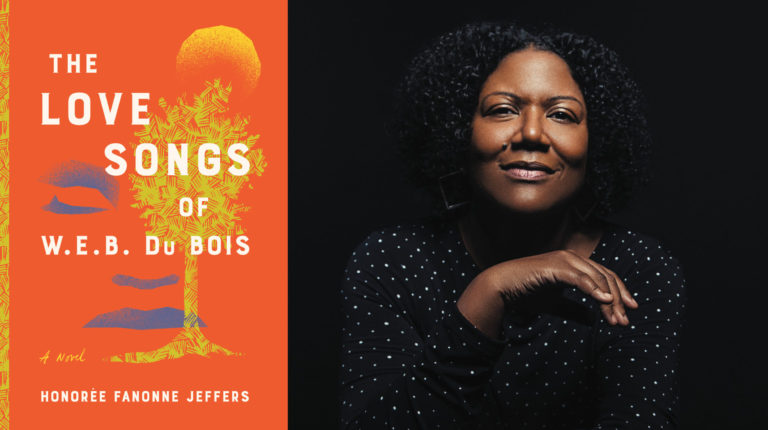The prolific Edgar Award-winning mystery writer never lets up. With Dare Me, Abbott brings us yet another impossible-to-resist genre-blending novel. Using her trademark understanding of girls on the verge of womanhood, she creates a quilt of curious and fascinating psychological detail. Dare Me is a dark, dramatic story of a group of suburban high school cheerleaders; ambitious girls on the edge of womanhood with no ethical role-modeling. Self-destruction, betrayal, and vendettas thrive. We watch their personalities change at the hands of a cold beautiful leader. A psychologically astute work, Dare Me is surprising, chilling, and full of twists.
What was the genesis of your wonderful new novel, Dare Me?
I’ve always been interested in writing a book about the complicated relationship between mentor and student. As a kid, one of my favorite novels was Lois Duncan’s Daughters of Eve, the tale of a dangerously charismatic teacher. And I was particularly interested in the way, for young girls in particular, it can feel like a crush. You want to be this person so intensely, it’s all-consuming. In the case ofDare Me, it’s a new cheerleading coach, who comes to town and entrances the girls on her squad. Cheerleading coaches in particular are often only ten years older than their girls, which adds another layer of complication. They are almost peers, almost rivals.
Do character ideas, intentions and plot inform your writing from the start? Do you discover much in the writing process or is it mostly pre-determined by you before the writing begins?
The first inspiration is almost always a character wanting something, desperately. My goal is to get that character’s voice in my head so well that I feel like she or he is real. Before I really start, I generally try to envision a three-act structure, but usually without any of the beats in between. The rest comes along the way. Surprise is one of the best parts of writing for me. In Dare Me, the characters entirely switched places on me. The one I envisioned as the antagonist is the one I grew to love the most.
Was this book inspired by an experience in your own life, or in lives you have experienced directly or indirectly?
At the heart of the book is a very intense, troubled friendship between the two main girls, Addy and Beth, and I think all of us have had one or more friendships like that when we were young. Friendships in our youth can be so consuming, and if they start to break apart it can feel distinctly like betrayal.
Your focus on the dynamics between girls, their demons and their loyalties, and their sexual awakening/power are fascinating. Will you continue to explore this area in your writing?
I admit these are the themes that seem to rumble through all my books to one degree or another, whether I’m focusing on young girls or grown women. I can’t quite seem to let them go.
There’s a domino-effect from failure of trust between the characters in Dare Me.
That’s a great way to think about it. For me, the story turns on the good leader/bad leader dynamic. Addy, the protagonist and a perennial follower, has two models of leadership: Beth and Coach. She’s the kind of person, as many of us are at that age, who needs to believe in someone else, needs to believe they’re infallible, that they will remain true, will not betray us (as the “phonies” in Holden Caulfield’s life in Catcher in the Rye). And when they do, it’s like the abyss opens up. But, of course, it’s a critical moment—not to turn cynical but to start trusting yourself instead.
This effect is the unavoidable result of all those consuming friendships in youth, particularly ones where the power balance is off, where one friend holds more sway, and can’t imagine ever losing it. The bigger our world gets (and the teen years are when it suddenly swells open for the first time), the more those intense friendships
can feel cramped, but usually to one friend first. The results are always so painful. That necessary pain.
You’ve mentioned that reading Richard III inspired the writing of this book.
I read and watched it obsessively, wanted to mimic its structure, the classic tale of dangerous ambition, of plucking your rivals off one by one. Counterintuitively, it felt like the perfect bones for a cheerleading novel, where the pyramid is more than just a pyramid. It’s a model for power, wanting to do anything to reach the apex, to be “Top Girl.”
Please discuss the earnest, seriousness of cheer-leading, the iconic role that cheerleaders have in American culture. Is there anything else we can compare this fierceness to… such as. theater, soccer teams, etc? How does cheer-leading differ entirely, if it does?
In my last novel, The End of Everything, one of the main characters was a high school field hockey player. To write a few scenes, I watched girls play and was so struck by the no-holds-barred quality of their play. It seemed like the field gave them full reign to express all the things girls aren’t generally supposed to express: competitiveness, aggression, anger. That led me to cheerleading, which is the most dangerous sport for girls. Watching squads do their stunts, I was transfixed. They looked like the All-American Girl—the smiles, the ponytails—but everything they were doing seemed so subversive. Risk-taking, aggression, ambition. Far from the docile, go-team-go-boys model of the iconic cheerleader, these girls were warriors. Are warriors. I don’t know if our idea of the Cheerleader will ever change, but to me, the reality is much more compelling and tells us so much more about girls today.
What do you do as a writer when your brain feels stuck and uncreative? What gets your work churning?
It sounds so obvious, but a good book. By which I mean one that is absorbing on every level, offers up a whole world you can sink into. It usually can’t be crime fiction because I can’t forget myself in those books anymore. Often it’s a biography, or non-fiction of some kind. Recently, I read the great biography of Raymond Carver by Carol Sklenicka. God, I could not put it down. It was so evocative of every stage of Carver’s peripatetic life. Incredibly detailed and atmospheric and riveting, perfect to get my mind and heart racing.
Can you offer some advice to other writers about creating believable characters?
I will steal some advice thirdhand. Tom Franklin recently wrote a beautiful memorial piece for the Oxford American about the author William Gay. He recalled how much he learned from Gay, including a great moment:
William told me I had one of my poorer sharecroppers in too much misery. It was the only time I ever offended him, though he never said that. “No matter how hard he got worked,” he said, “he’d still want to set on the porch with his kids in the evening. Maybe play a guitar or banjo.”
What did I learn? That no character should be a one-note character.
Which books do you return to time and time again. Who are your favorite writers at present?
Anything by Fitzgerald, Raymond Chandler, James M. Cain. And favorite writers at present would include Daniel Woodrell, Jefferey Eugenides, Susanna Moore.
What kind of environment is best for you to work in? Do you need quiet? Sunlight? Do you work in crowded places and cafes?
I used to only work at home, but now I tend to alternate. I have space at the Center for Fiction and I really like it. Very quiet, but not lonely. I like to see people, hear a little white noise now and then. And yes, sunlight!
Do you have music in your mind for a book as you write it? Do you give it a mental soundtrack?
I do tend to. Certain key songs just seem to skip in my head as I write each book. For The End of Everything, it was Dusty Springfield, “You Don’t Have to Say You Love Me.” For Dare Me, it was this dreamy, dark song by The Cults called “Abducted.”
What is next for you?
A new novel, The Fever, which is about a family reckoning with a mysterious outbreak in small suburb.

